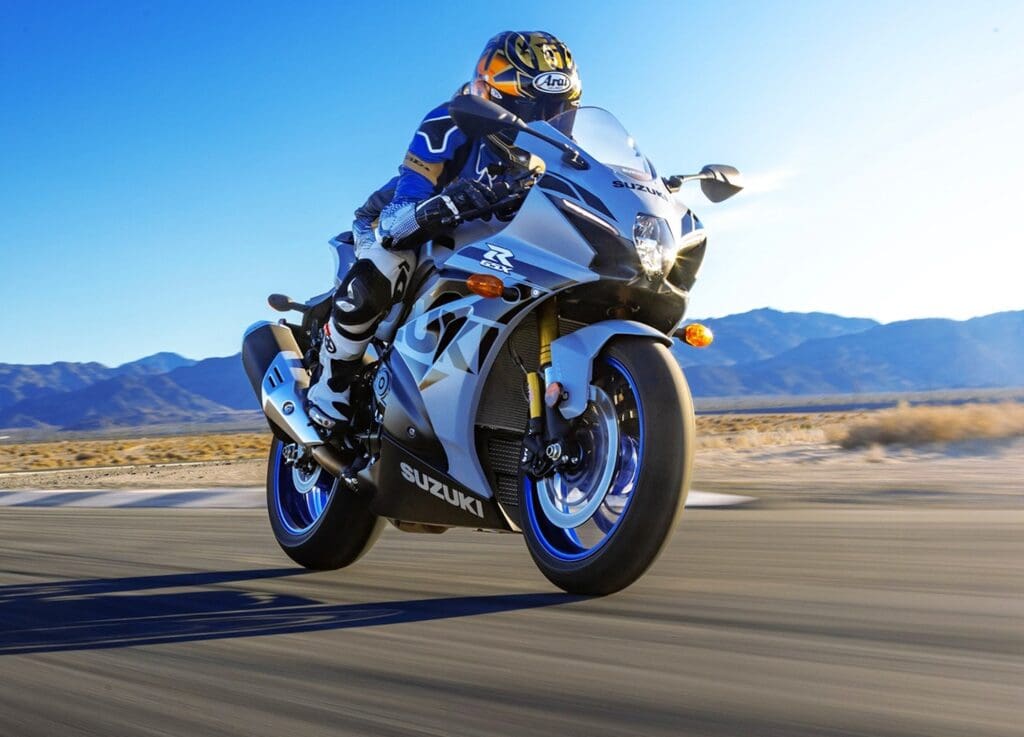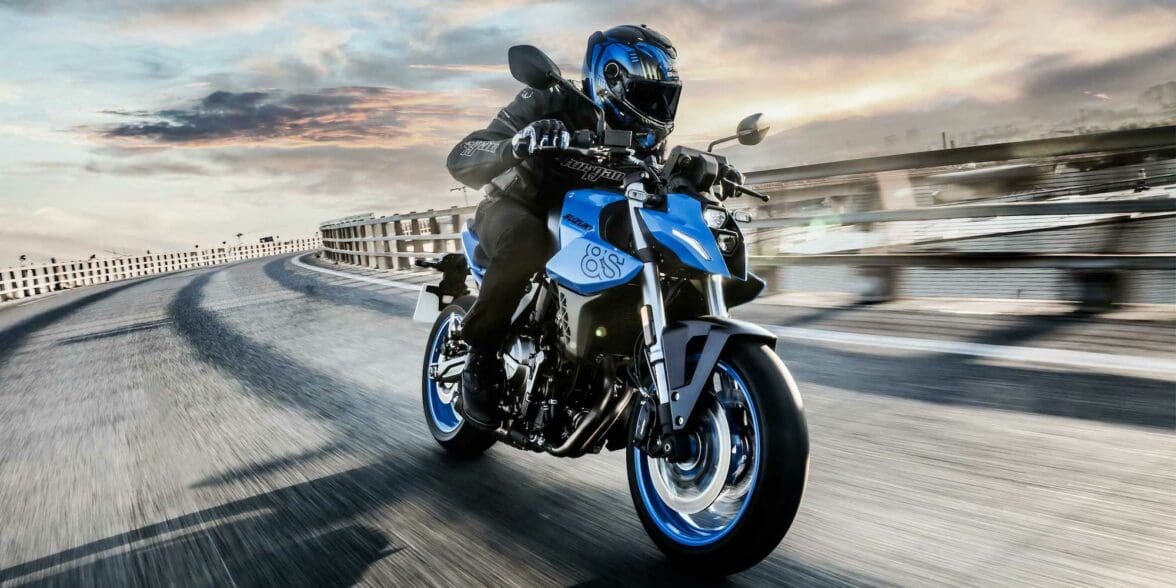Back in 2022, Suzuki took us by surprise when they backed out of MotoGP with talks of carbon neutrality and revamping for future generations of hooners.
Thanks to a press release dropped by the brand yesterday, we now have a better idea what that revamping will entail – and yes, the plans involve full electrification in certain countries.
According to Suzuki’s press release, the transition to a different growth strategy is helping the brand conserve unnessesary efforts, with “Sho-Sho-Kei-Tan-Bi (Smaller, Fewer, Lighter, Shorter, Beauty)” as the new operative, supported by “Lean Management” and the “Three Actuals” principles for practicality.
The fluff above, put into action, will be the punch to blast out some pretty ambitious plans for the motorcycle industry; electrification will involve a new small/mid-sized battery EV by next year, with “8 models by FY2030 with a battery EV ratio of 25%.”
Japan, Europe, and India will see these zero-emission bikes before anybody else, with the press release dictating in the graph below when to expect the new tech to hit, as well as the model number deadline and FY20230 forecast:
| Region | Time of Introduction | Forecast by FY2030 | |
| No. of models | Battery EV ratio | ||
| Japan | FY2023 | 6 | 20% |
| Europe | FY2024 | 5 | 80% |
| India | FY2024 | 6 | 15% |
As for bigger bikes, Suzuki’s admitted full electrification doesn’t appear the route to go; consideration leans in agreement with KTM’s belief that synthetic fuels will pose a beneficial alternative to their fossil counterpart.
“For large motorcycles for leisure purposes, we are considering adopting carbon neutral fuels.”

On top of all this, sustainable manufacturing continues to be a priority for Suzuki, who has already started saving energy in the very plants that will create these future bikes:
“At the Hamamatsu Plant, which is the motorcycle production hub, through reduction of energy use and conversion into renewable energy including the expansion of solar power generation facilities, the plant will now target to achieve carbon neutrality in FY2027, earlier than its initial target of 2030.”
With carbon neutrality of all plants by FY2035 and carbon neutrality in Japan and Europe by 2050 ( in India by 2070), the company has its shoelaces tight and tucked in for the sprint into the coming seasons.
Stay tuned for updates as we hear more coming down the pipeline, drop a comment below letting us know what you think, and as ever – stay safe on the twisties.




